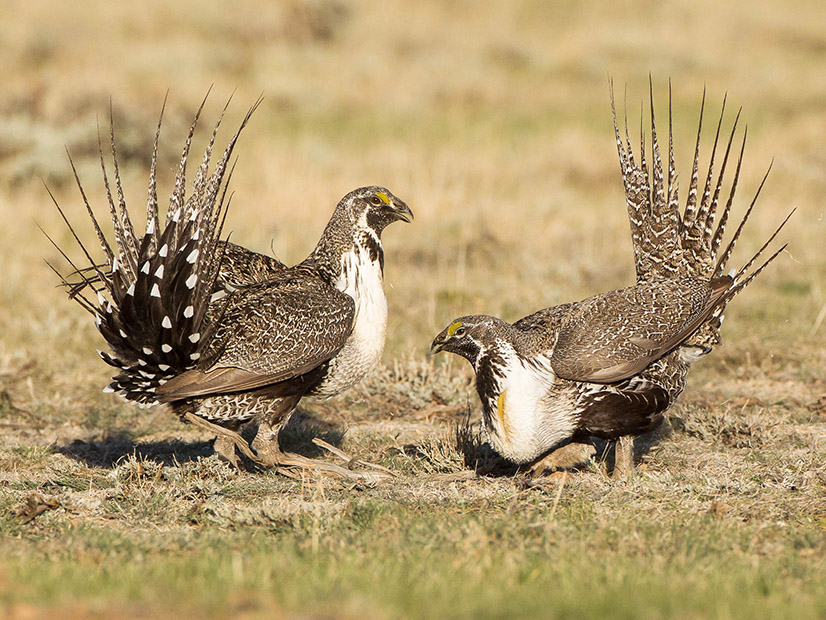
Advocates for green energy last week clashed with activists seeking to preserve sensitive habitat at a hearing on a proposed solar farm in Central Washington.
The two green constituencies said they respected the views of the other side in the virtual hearing held by the Washington Energy Facility Site Evaluation Council (EFSEC) on Wednesday, but stuck by their own interests. EFSEC consists of representatives from several state agencies, who will eventually make a recommendation to Gov. Jay Inslee on whether he should approve the project.
One side supported Portland, Ore.-based Avangrid Renewables’ proposal to build the solar facility, which would produce 200 MW of electricity on almost seven square miles of highlands dubbed Badger Mountain, located about three miles east of the small Columbia River town of East Wenatchee.
Those speakers cited the need for a non-emitting renewable power source to combat global warming and for the green construction jobs that would help the local economy. Five landowners own the site and would lease the land to Avangrid.
A subsidiary of Spain-based energy giant Iberdrola, Avangrid Renewables operates roughly 70 wind and solar projects totaling about 7,000 MW across the U.S.
Opponents of the proposal cited risks to the sage grouse, which lives in the sagebrush-filled shrub-steppe habitat that borders the Avangrid solar site and is listed as endangered by Washington. Roughly 700 sage grouse live in the state, mostly in Douglas County, of which East Wenatchee is the county seat. The habitat areas surround the Avangrid site.
Climate change is also affecting these small birds, which weigh from two to nine pounds. A major part of Washington, including Douglas County, suffered a major drought this year, harming the sagebrush that the grouse need. Also, wildfires from the drying Cascade Range forests to the west have crept into Douglas County in the past two years, eliminating more sagebrush.
Sage grouse habitat once covered most of Central Washington. Now only 8% of that habitat remains in three scattered segments of which the area east of East Wenatchee is by far the biggest. Mike Livingston of EFSEC said that “Douglas County is pretty unique in its habitat for sage grouse.”
Avangrid official Scott Kringen said Wednesday that the actual site contains less than 3% shrub-steppe. “We’re trying to stay out of shrub-steppe habitat,” he said. Eighty-seven percent of the almost seven square miles is non-irrigated agricultural land.
However, opponents based their opposition on the threats to the sage grouse.
“The Sierra Club has a long history of supporting renewable energy in Washington state, but clean energy must be developed so it does not destroy the habitat of our endangered species,” Margie Van Cleve of the Washington Sierra Club said.
“There’s a chance that this project alone can remove this species from the state of Washington,” Keith Watson of Conservation Northwest said.
Mickey Fleming, lands program manager for the Chelan-Douglas Land Trust, said, “We hope you conclude this is not a proper place for solar development.”
Meanwhile, eight Central and Eastern Washington union representatives and construction workers spoke in favor of the Badger Mountain project, which they say could provide 400 jobs during its construction. They also cited needs for alternative power sources to combat global warming.
“We still need additional power generation to meet the needs of the state,” said Robert Abbott, a director at the Laborers’ International Union of North America.
Eric Thrift, a construction worker from East Wenatchee, said the project will help achieve the state’s goal of becoming almost carbon neutral by 2050. A 2020 Washington law sets carbon-reduction targets of 45% below 1990 levels by 2030, 70% by 2040 and 95% by 2050.

